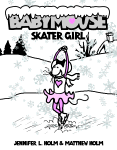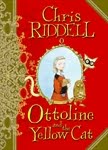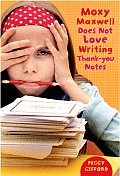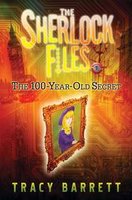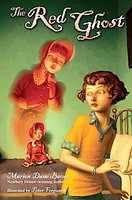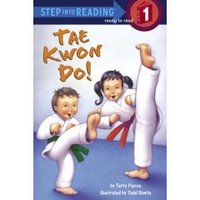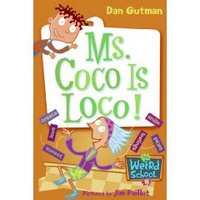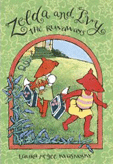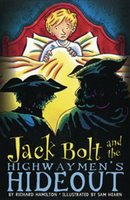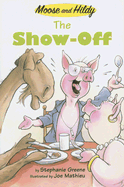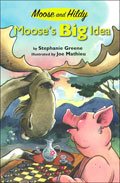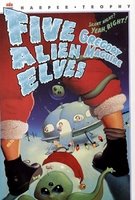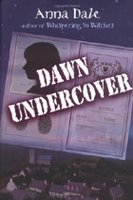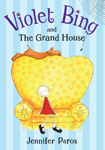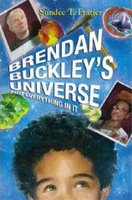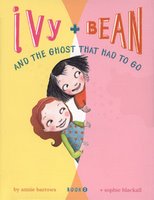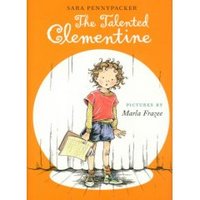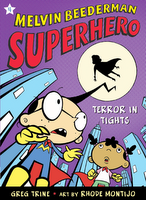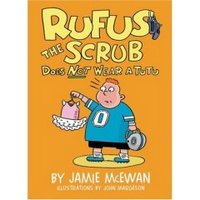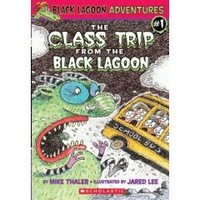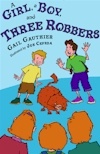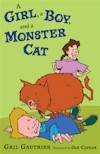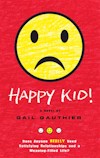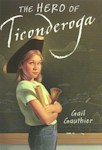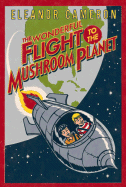
I was very ambitious back when I was a teenager. In those days, I wanted to be a writer because I wanted to be immortal. I can remember thinking about it during study hall. Traipsing off to that great high school cafeteria in the sky would be okay because long after I was dust people yet unborn would be taking my books off shelves, and thus I would live on. It never entered my mind that people yet unborn might look at my work and say, "When did this woman live? In the Dark Ages?"
But in all likelihood, they will.
I found
The Wonderful Flight to the Mushroom Planet by
Eleanor Cameron on the new book shelf at my local library. The two boys in the space ship suggested to me that this might be one of those books for younger kids that I've been hunting for these last few months, so I took it home.
I started to read and thought, How retro. I read a little more and thought, How very retro. Before long I was thinking, How very, very retro.
Well, the book isn't retro at all. It probably fits very much into the period in which it was written, since it was originally published in 1954. It was probably very contemporary then.
I don't know what to make of
Flight to the Mushroom Planet, at least in terms of being a book for early twenty-first century kids. Though the writing is sophisticated as far as vocabulary and writing skill is concerned, it has a "Hey! Let's build a space ship and go to another planet" aura about it that definitely comes from another time. Like some of
Ray Bradbury's work, it's a product of a time when people could still believe humans could land on another planet and walk around and talk with the folks there. It also has a Bradbury-like romance with boyhood, a fantasy boyhood, perhaps, during which young fellows built things and had adventures and adults respected that. I also thought it had a
Twilight Zone feel. (
Rod Serling was seriously into the romance of childhood and treated it nostalgically, in my humble opinion.) When David is telling his mother about his adventure on the mushroom planet and he, and we, aren't sure whether she believes him or just loves talking to him, I could easily imagine her in a shirtwaist and pearls, a black-and-white mom on the TV.
None of this is to say
The Wonderful Flight to the Mushroom Planet is a bad book. It's just very, very rooted in its time. I don't know how it will go over with the kids of our time, who probably all know by the time they hit kindergarten that no human being is going to be hopping out of a spaceship onto another planet without millions of dollars of hardware to keep her alive.
I think this is probably the fate of a great many books, not just works of science fiction. We are all residents of our time period. That's the way it
should be. Our work, no matter what it is, is a product of the time in which it was produced. Some products will be appreciated decades later. Some won't.
Oddly enough, Eleanor Cameron wrote an
article for
The Horn Book back in 1972 in which she said something similar. "When in any age of the world's history has much of any art lasted? Out of the thousands upon thousands of works constantly being produced, most sink away and are forgotten." In a later paragraph she says, "Will any of the children's books written in the past thirty years be alive and beloved one hundred years from now?"
In her article, she raises that question in relation to the quality of the work. But I think there's more at work in keeping a title current than the quality of the writing. The passage of time is important, too. The children of 2007 aren't the children of 1972 or the children of 1954. They are products of the times they
live in. Books are products of the times they were
written in. Some of the works from the early '70s that Cameron spoke highly of in
The Horn Book probably were very well done. How widely known are they now?
I should be sad that I'm not going to be immortal. But I do believe that those people yet unborn I was expecting to read my decades old books have a right to be people of their era, just as I am of mine.
Younger children who can still get into the idea of a nontechnical space adventure and who also have good reading skills may enjoy
The Wonderful Flight of the Mushroom Planet.
Labels: Books for Younger Kids, science fiction
